Patience & Planning: Key Preparations for Getting Back to Field Work
With some areas still grappling with rain delays, saturated soils, and a lack of planting progress, IL Soy Envoy Kelly Robertson shares a few thoughts on the tough situation many farmers are facing and offers some advice that might help while they wait to get back into the fields.
How Will Planting Delays Impact Yield?
In this episode, the Soy Envoys discuss recent field activity, highlighting variability in conditions with some regions dry and suitable for planting while others remain wet. They also discuss significant weed pressure, reports of black cutworm feeding in both corn and soybeans, replanting, and more.
Switching Gears: Time to Focus on Planting Corn
Amidst planting delays, farmers are questioning whether to prioritize planting soybeans or corn. As mid-May approaches, agronomists and university researchers are advising farmers to place their focus on planting corn before soybeans.
Planting Progress: Don’t Hit the Panic Button Yet!
Tune in to hear the Soy Envoys provide the latest field updates in this episode, where they discuss the sporadic planting progress and share their top concerns. From herbicide application to emerging pests and prevent planting, stay informed on the pressing agronomic issues impacting farmers.
Rainfall…And Replant?
In this episode, the Soy Envoys provide an overview of recent rainfall across various regions of Illinois with reports ranging from ½ inch to 5 inches. They discuss emerging concerns such as replant considerations for soybeans, disease in wheat fields, and seedling diseases. Looking ahead, they advise on re-planting decisions and caution against making major switches in crop too soon.
Using Drones for Weed Management
In this GROW Farmer Forum, panelists led a discussion of the current state of drone scouting, mapping and herbicide applications for weed management, as well as the future of the technology. Dr. Steve Li, of Auburn University, served as the moderator, alongside panelist Rick Jordan, of CNY Drone Services.
Planting Marches On: Addressing Concerns with Herbicide Applications, Weather Forecasts, Cover Crop Termination, and More
The Soy Envoys provide an update on planting progress across Illinois, with both corn and soybeans at 11 percent completion as of April 21st. They discuss emerging concerns such as weed pressure, pest sightings, cover crop termination, and adhering to herbicide labels.
Planting Progress Report: Addressing Henbit Concerns, Cover Crop Termination, Pest Alerts, and More.
In this podcast episode, the ILSoyAdvisor Soy Envoys launch a new series, offering updates on statewide field conditions. They focus on concerns such as henbit control, cover crop termination, and reports of black cutworms and armyworms. Additionally, they discuss planting progress, currently at 2% for corn and soybeans (as of 4/7), attributing the delay to precipitation and cooler nighttime temperatures.
Exploring Red Crown Rot: Insights from Soybean Summit Panel
At the recent Soybean Summit, the panel discussed growing concerns surrounding Red Crown Rot. They covered various aspects including the disease's history, scouting techniques, seed treatment trials, management strategies, and more.
A Look at Planter Adjustments for Planting into Cover Crops
Harborview Farms have spent a decade experimenting with different corn and soybean planter set-ups to successfully plant green into varying stands of cover crops each spring. Watch the video to explore the various components integrated into their planters, such as roller crimpers, row cleaners, gauge wheels, closing wheels, and more.

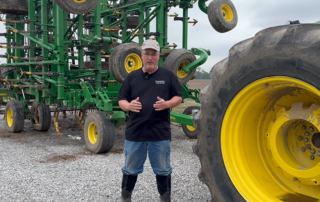
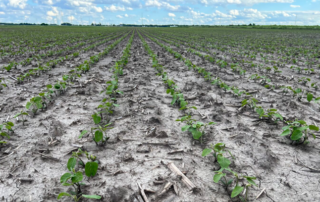
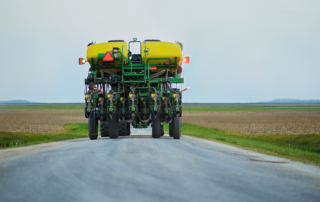
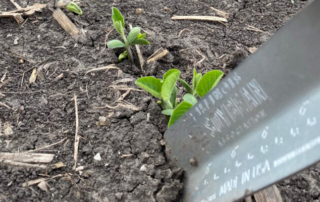
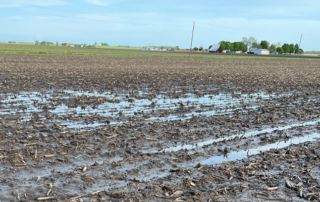

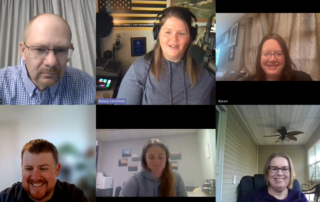
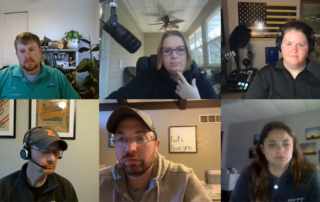
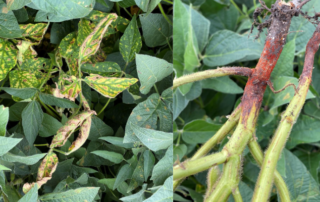
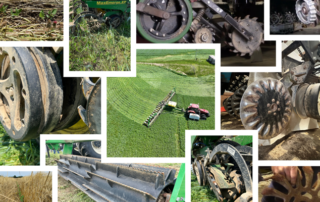

 and then
and then